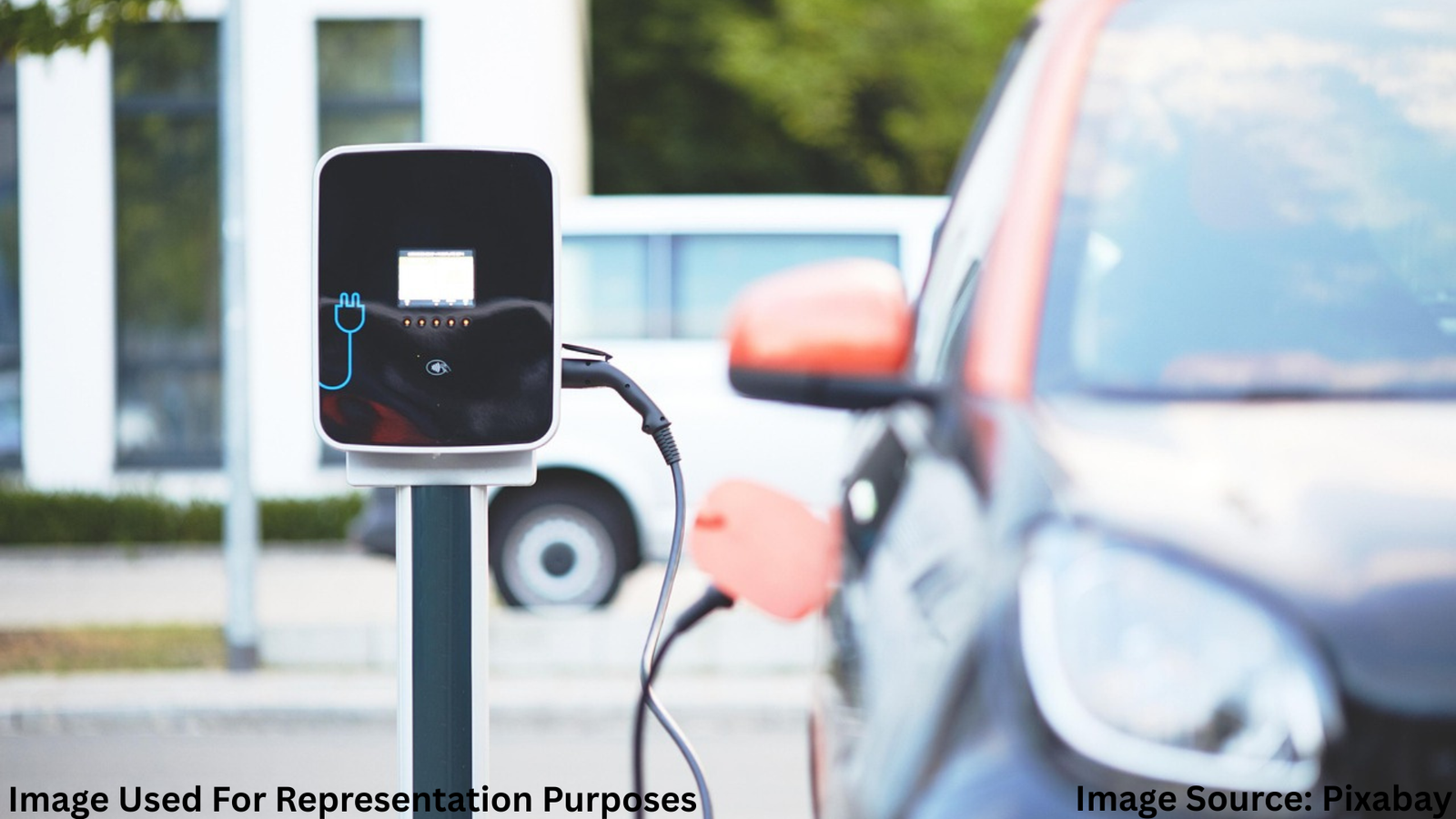
US Automakers Electric Vehicle Shift: Navigating Politics and Market Demand
US automakers electric vehicle shift is one of the most significant transformations in the history of the American auto industry. Despite political uncertainty and shifting government policies, major car manufacturers are pressing ahead with plans to electrify their lineups, responding to market demand, global competition, and environmental goals. The move is reshaping factories, supply chains, and the very identity of brands that once defined the gasoline era.
Why the Shift Is Inevitable
For decades, American automakers thrived on the production of trucks, SUVs, and sedans powered by internal combustion engines. But a combination of consumer trends, technological innovation, and international pressure has accelerated the transition to electric vehicles (EVs). Even in the face of political debates, the momentum behind this shift continues to build.
When we talk about the US automakers electric vehicle shift, it’s not just about compliance with regulations—it’s about staying competitive in a global market where EV adoption is surging.
Global Competition Is Fierce
Automakers in Europe and Asia are moving quickly to phase out gasoline vehicles. China, the world’s largest auto market, is aggressively expanding its EV infrastructure and production capabilities. For U.S. manufacturers, lagging behind could mean losing market share abroad and at home.
To stay relevant, brands like Ford, General Motors, and Tesla are investing billions in new EV models and production plants, regardless of potential policy rollbacks.
Read our article on Wealthy Trading Partners Offer Investment in U.S., but Pledges Remain Vague
Policy Uncertainty and Its Impact
One of the biggest challenges for the US automakers electric vehicle shift is navigating a constantly changing political environment. Shifts in administration can bring abrupt changes to subsidies, emissions standards, and manufacturing incentives.
Under the Biden administration, federal support for EV adoption has been strong, with incentives for both consumers and manufacturers. However, political opponents have criticized these programs, suggesting they may be reduced or eliminated in the future.
Industry Resilience
Even with this uncertainty, automakers are taking a long-term view. As one executive from a Detroit-based manufacturer explained, “We can’t build our strategy around election cycles. The EV transition is happening globally, and we need to lead—not follow.”
Real-Life Examples of Adaptation
Ford’s decision to launch the all-electric F-150 Lightning was a bold move, given that the F-150 has been America’s best-selling truck for decades. The Lightning’s strong preorders showed that even traditional truck buyers are open to electrification when the product meets their needs.
Similarly, GM has committed to an all-electric future by 2035, signaling that the US automakers electric vehicle shift is not a passing trend but a fundamental change in direction.
The Role of Startups
It’s not just legacy automakers making waves. Startups like Rivian and Lucid Motors are introducing fresh competition, often focusing on niche markets or premium segments. Their agility allows them to innovate quickly, pushing larger companies to accelerate their own EV programs.
Consumer Demand and Market Trends
While policy incentives help, consumer interest is increasingly driven by factors like lower operating costs, environmental concerns, and the availability of diverse models. The growing network of charging stations and improvements in battery technology are making EV ownership more practical for a wider audience.
One Michigan family, for example, switched to an EV after calculating that they would save over $1,200 per year on fuel and maintenance. Stories like this demonstrate that the US automakers electric vehicle shift is supported not just by top-down policy but also by grassroots adoption.
Challenges Ahead
Despite progress, challenges remain. Battery supply chains are still vulnerable, charging infrastructure in rural areas lags behind urban centers, and some consumers remain skeptical about EV range and reliability.
Addressing these issues will be critical for maintaining momentum in the coming years.
Conclusion: A Transformation in Motion
The US automakers electric vehicle shift represents more than a change in product lineup—it’s a transformation of the industry itself. While political uncertainty may affect the pace, the direction is clear. American automakers are positioning themselves to compete in a future where electric vehicles are the norm, not the exception.
As manufacturers, policymakers, and consumers work through the challenges ahead, one thing is certain: the shift is already underway, and there is no turning back.

Akalumhe Jefferson is a content writer with a new found interest for crafting engaging stories that transport readers to new worlds. Although no current actual background in creative writing but there’s active love for writing



